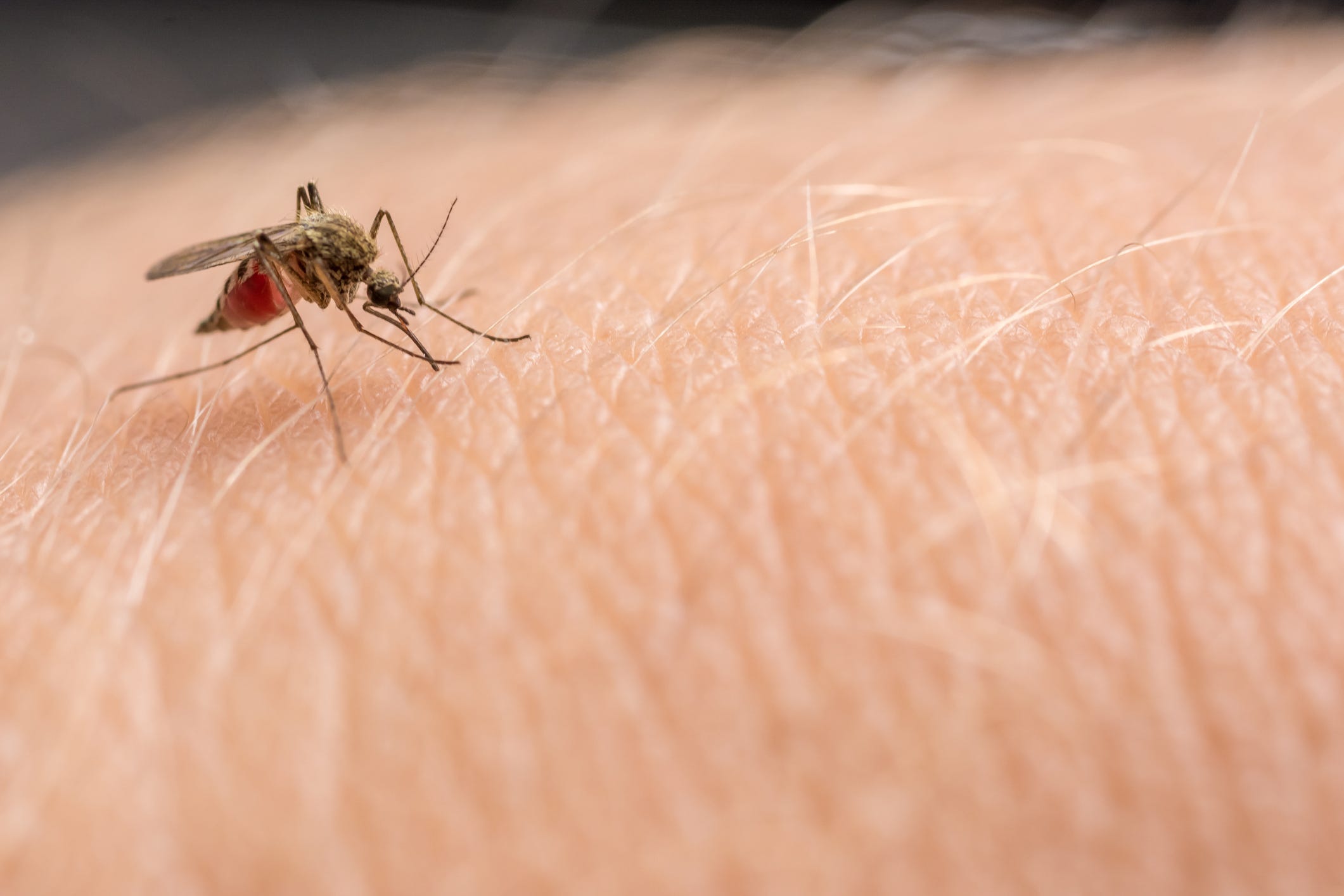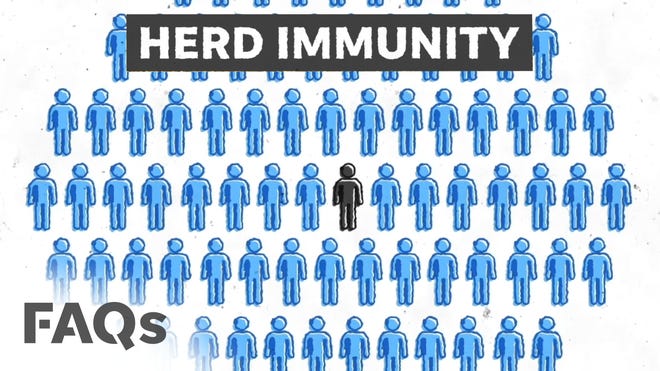

The United States has seen five cases of malaria spread by mosquitos in the last two months, — the first time there’s been local spread in 20 years — prompting officials to issue a public health alert warning doctors, public health authorities, and the public about the risk Monday.
Four cases were identified in southwest Florida and one in southern Texas, the Centers for Disease Control and Prevention said. The five cases are the first in 20 years to be caught locally in the United States.
"Malaria is a medical emergency and should be treated accordingly," the CDC said. "Patients suspected of having malaria should be urgently evaluated in a facility that is able to provide rapid diagnosis and treatment, within 24 hours of presentation."
Malaria is a serious disease transmitted through the bite of an infective female anopheline mosquito, according to the CDC. Although malaria can be fatal, the CDC said illness and death from the disease can usually be prevented.
There is no evidence the five cases in the two states are related, the CDC said. The four cases in Florida were identified in Sarasota County and the Florida Department of Health issued a statewide mosquito-borne illness advisory Monday.
Only one case was identified in a Texas resident who spent time working outdoors in Cameron County, according to the Texas Department of State Health Services.
Both departments in Florida and Texas said public health authorities are monitoring local mosquito populations and surveilling their regions for other cases. The Florida Department of Health said it was also working to control the mosquito population in Sarasota County.
The CDC said all five patients have received treatment for the disease and are improving. Cases of locally acquired malaria have not occurred in the United States since 2003 when eight cases were identified in Palm Beach County, Florida.
Malaria cases rare in US
Even with the five identified cases, the CDC said the risk of catching malaria in the United States "remains extremely low."
But the health agency warned that female anopheline mosquitoes can be found throughout many regions in the country and can spread malaria if they feed on a person already infected with the disease.
"The risk is higher in areas where local climatic conditions allow the Anopheles mosquito to survive during most of or the entire year and where travelers from malaria-endemic areas are found," the CDC said.
More than 240 million cases of malaria occur each year worldwide — with 95% of cases occurring in Africa, according to the CDC. And a majority of cases in the United States are from people who travel from countries with malaria transmission.
Before the COVID-19 pandemic, the CDC said there were about 2,000 cases of mostly travel-related malaria in the United States each year and approximately 300 people experienced severe disease.
Although rare, malaria can also spread through blood transfusions, organ transplants, unsafe needle-sharing practices, or from mother to fetus, according to the CDC.
The CDC warned that more people could bring the disease into the United States with summer international travel increasing to pre-pandemic levels and advised people to use bug spray during the warmer months.
Symptoms of malaria include fever, chills, headache, muscle aches, and fatigue. People may also experience nausea, vomiting, and diarrhea. While symptoms generally started about 10 days to four weeks after infection, people may feel sick as late as a year after infection.
Experts report increase in 'mosquito days'
The number of "mosquito days," or periods where mosquitoes thrive in warm and humid weather, has increased in over 170 U.S. locations over the past several decades, according to a May 2023 report from the nonprofit climate science research organization Climate Central.
According to the report, a mosquito day has an average relative humidity of 42% or higher in addition to daily temperatures of 50 to 95 degrees. From 1979 to 2022, the report said 173 U.S. locations saw annual mosquito days increase by 16 days on average.
The report warned that as the climate warms, especially during the spring and fall, many regions are becoming "more hospitable to mosquitoes" allowing the flying insects to arrive earlier and survive later into the year.
More mosquitoes also means a possible increase health risks. "More mosquito days mean more opportunities for mosquitoes to bite people and potentially transmit disease," the report said.
How to get rid of mosquitoes
Mosquitoes flock toward dark, humid places like under the sink, in showers, closets, laundry rooms or under furniture, the CDC warns. Once they’re inside, they may start laying eggs in your home.
The first step you can take to minimize mosquitoes in or around your home is to check for and eliminate any standing water. One of the most common examples are trays under potted plants to catch excess water, says Elmer Gray, a public health extension specialist at the University of Georgia.
“If you have house plants on your deck and you have mosquitoes on your deck, you might be growing them right there,” Gray says.
Check your house and yard for areas that might be gathering water. This could appear in old tires collecting rainwater, dog dishes left outside, tree holes, rain barrels, gutters or garbage cans.
Contributing: Clare Mulroy
Source link






